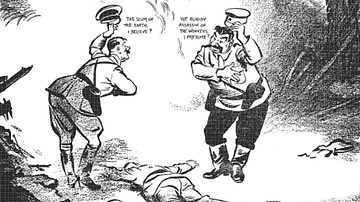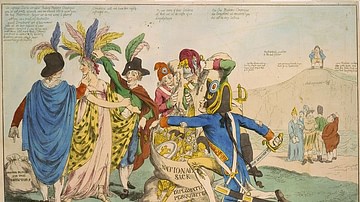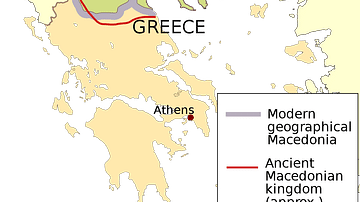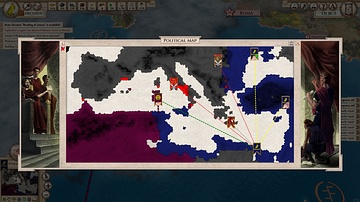Illustration
Only this fragment of a large stele has survived. On the surface, the Assyrian and Babylonian kings were carved in relief. The cuneiform inscription narrates a political treaty between them. The faces of the kings were deliberately vandalized. Neo-Assyrian period, 911-612 BCE. From A'na (Anat) District, al-Anbar Governorate, Iraq. On display at the Iraq Museum in Baghdad, Republic of Iraq.
About the Author
Cite This Work
APA Style
Amin, O. S. M. (2019, June 05). Neo-Assyrian Political Pact Stele, Al-Anbar. World History Encyclopedia. Retrieved from https://www.worldhistory.org/image/10882/neo-assyrian-political-pact-stele-al-anbar/
Chicago Style
Amin, Osama Shukir Muhammed. "Neo-Assyrian Political Pact Stele, Al-Anbar." World History Encyclopedia. Last modified June 05, 2019. https://www.worldhistory.org/image/10882/neo-assyrian-political-pact-stele-al-anbar/.
MLA Style
Amin, Osama Shukir Muhammed. "Neo-Assyrian Political Pact Stele, Al-Anbar." World History Encyclopedia. World History Encyclopedia, 05 Jun 2019. Web. 15 Apr 2025.








